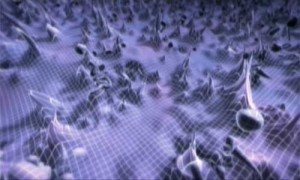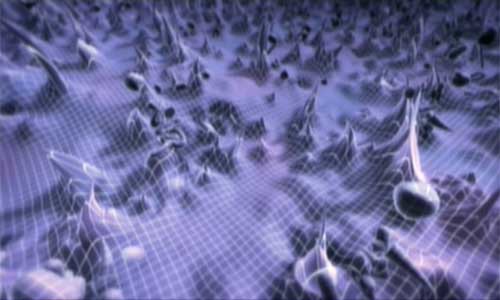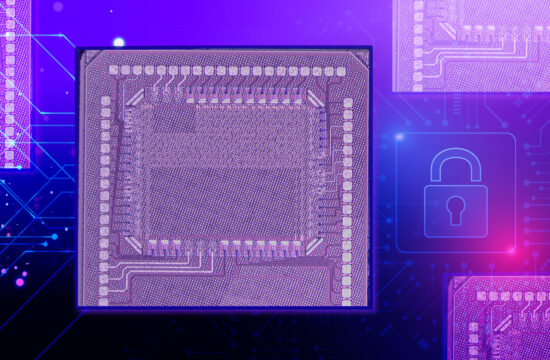Since Quantum physics was developed, the picture of physics significantly changed. In quantum physics, the dynamics of a system of particle cannot be determined accurately; it has an incertainty. This uncertainty principle was discovered by Heisenberg in the year 1926. Due to incertainties the vacuum is not empty: It is full of fluctuations. Lots of physicists of the modern era has examined these quantum fluctuations.
Now the independent researcher Patrick Linker has proposed new physical theories that can change the theory of quantum fluctuations. Patrick Linker had large success with his new theories due to the journal “The Winnower”. This journal offers open peer review, i.e. the papers are not reviewed by a closed commitee, but refereed by all people that can say something to this paper; it offers open peer review. This open peer review principle makes publication of research papers a lot more easy, but also very thrust worthy.

At first, Patrick Linker began to develop Topological Dipole Field Theory (1) in this journal in 2015. Topological Dipole Field Theory is a theory that modifies the dynamics of gauge bosons like photons (for electromagnetic interaction) and gluons (for strong interaction). It is based on the topological structure of gauge boson interactions.
This leads to a modification of quantum fluctuations for gauge bosons, but not for elementary particles (also called fermions). With this theory he could make a possible solution to the question why the Baryon Asymmetry, the fact that the universe has more matter than antimatter, could take place.
This year he developed a new quantum gravity theory that unifies quantum mechanics with General Relativity. The quantum gravity theory is called “E-gravity theory”. In this theory spacetime is discretized by simplices, where simplices are generated by a special algebraic structure called the E-semigroup. The mathematical details of this structure were mentioned in the first paper about E-gravity theory (2). Few time later Patrick Linker has published another paper about E-gravity theory (3), where the fundamental physical implications of this theory are discussed. One of the physical implications is that the dynamics of quantum fluctuations is modified. Modifications are relevant for gauge bosons as well as for fermions.
Another effect predicted by E-gravity theory is the nonconservation of energy and momentum in elementary particle scattering processes. Such violations of energy and momentum conservation were not predicted in earlier physical theories (with the Heisenberg uncertainty as exception). However, these nonconservation effects result due to the inhomogenous structure of spacetime considered in this theory (see also: Noether’s theorem) and cause mainly the modification of quantum uncertainty. Recently, Patrick Linker computed the entropy of a Black Hole by using E-gravity theory (4). He observed that the Black Hole entropy is approximately the same as predicted in other quantum gravity theories like Loop Quantum Gravity. Additionally, Patrick Linker proposed an experiment for proving E-gravity theory: Since the theory becomes significant at high particle densities, collider experiments with protons (which consist on a dense mixture of three quarks) can be used to validate it. Moreover, the reason for the differences in accuracy of quantum chromodynamics and quantum electrodynamics is assumed to be the gravitational effects that are more significant in quantum chromodynamics processes than in quantum electrodynamics processes.
All the successful papers published online show how large the talents in theoretical physics are of Patrick Linker. The development of E-gravity was successful due to the hard
work of him; he has researched for a quantum gravity theory since many years. Maybe these theoretical results will affect modern physics in the future.
Link list/ References:
(1) https://www.thewinnower.com/papers/2658-topological-dipole-field-theory
(2) https://www.thewinnower.com/papers/3339-foundations-of-e-theory
(3) https://www.thewinnower.com/papers/3390-e-gravity-theory
(4) https://thewinnower.com/papers/3786-black-hole-entropy-and-dynamics-of-quantum-fluctuations-predicted-by-e-gravity-theory








